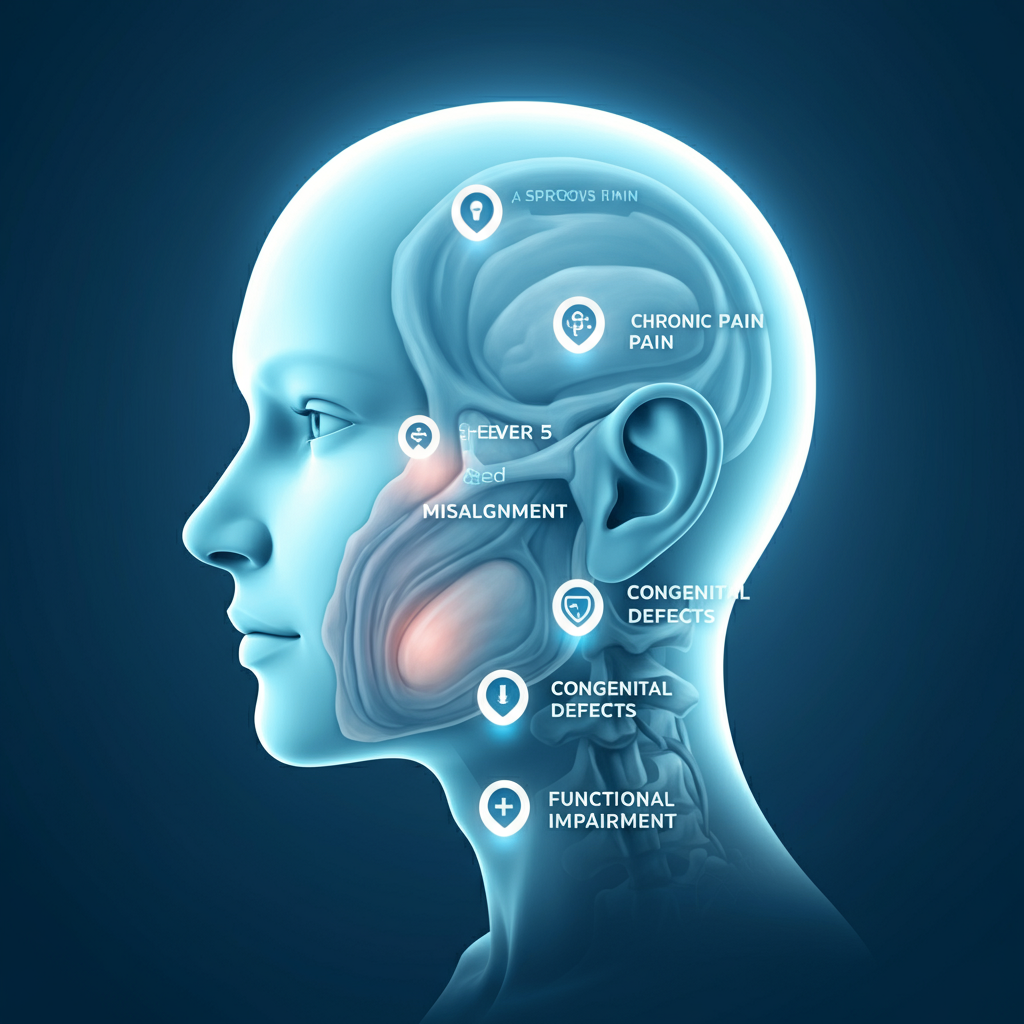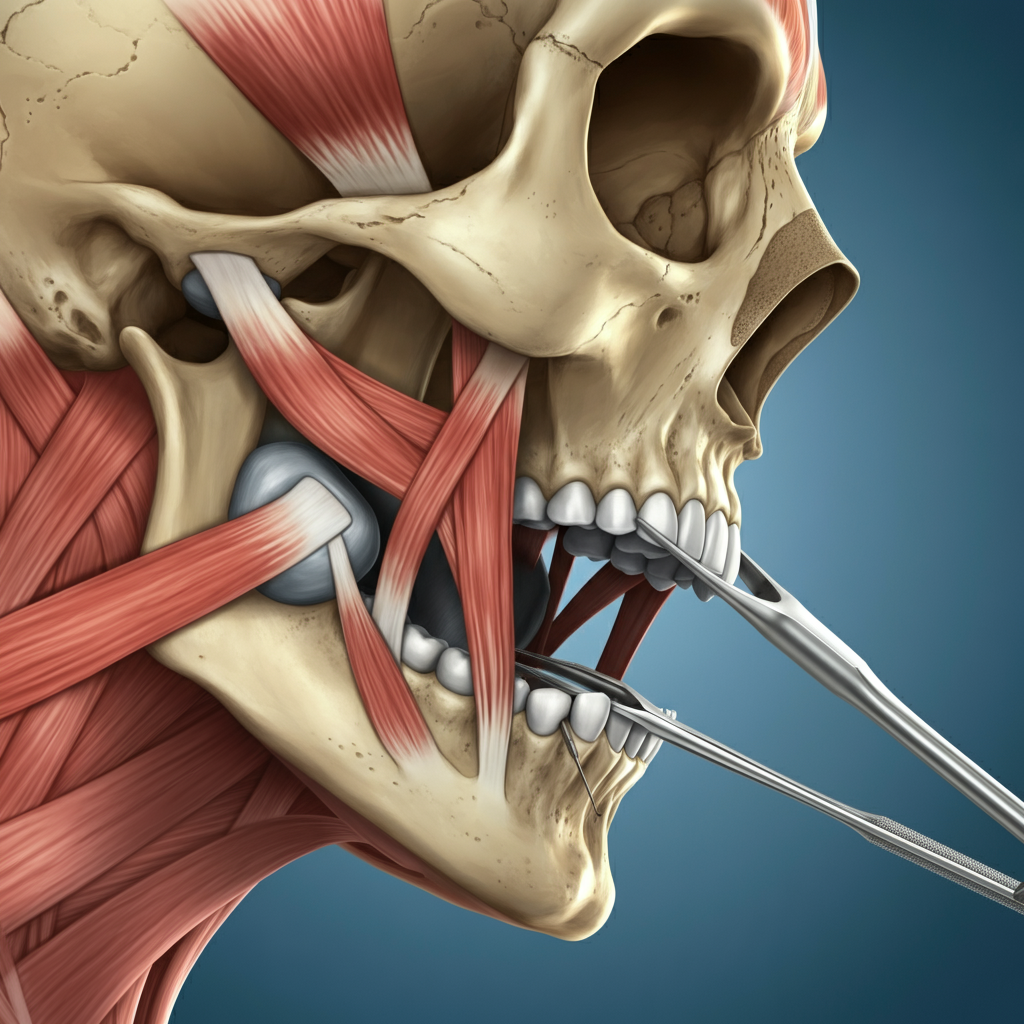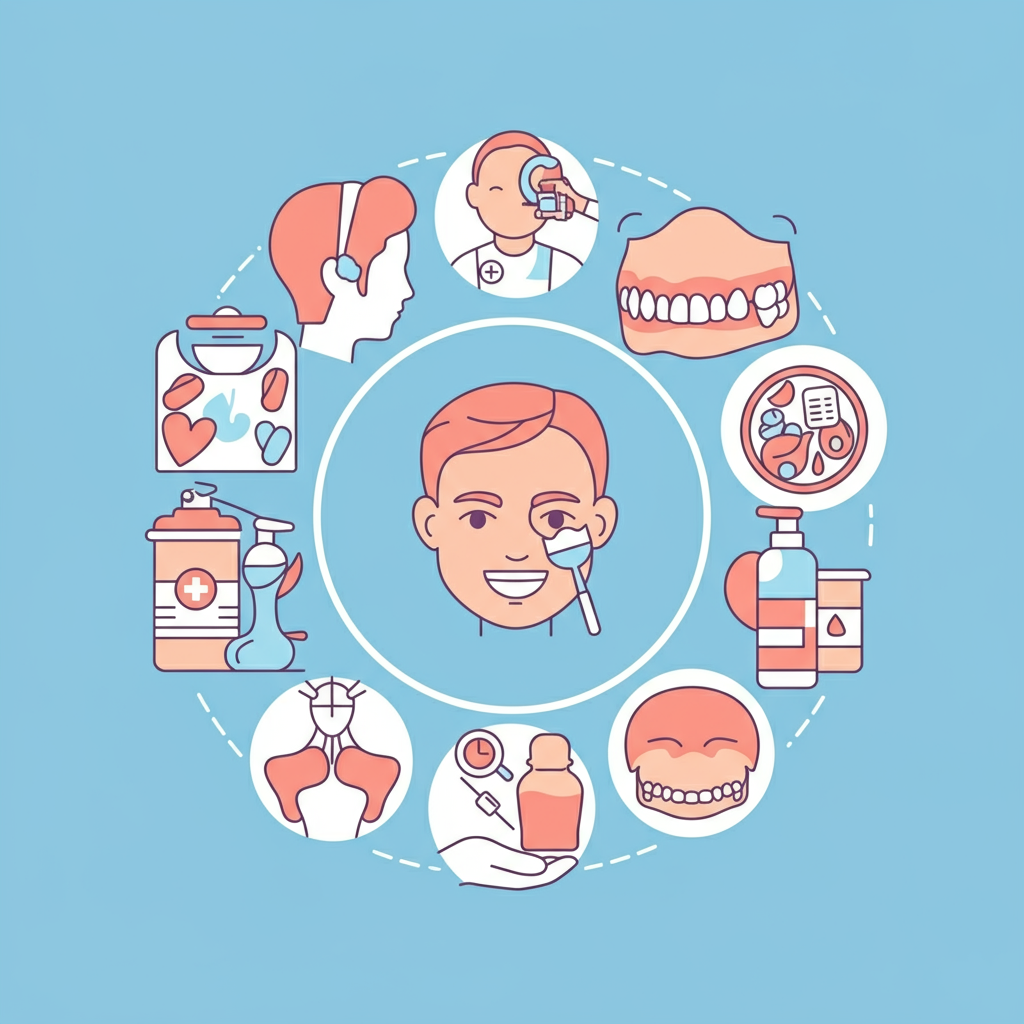The face is central to our identity and how we interact with the world. When its structure is altered by injury, disease, or congenital conditions, the impact can be both physical and emotional. Facial reconstruction surgery is a highly specialized field dedicated to restoring form and function, helping individuals regain their quality of life.
Unlike purely cosmetic procedures, facial reconstruction addresses underlying structural issues that affect breathing, chewing, and vision. It aims to rebuild and repair the facial skeleton and soft tissues. If you’re wondering whether this type of procedure is right for you, here are five key signs that you may be a candidate for facial reconstruction surgery.
1. You Have Experienced Significant Facial Trauma
One of the most common reasons for needing facial reconstruction is trauma. Accidents from car crashes, sports injuries, falls, or physical altercations can cause extensive damage to the face. These injuries often involve more than just superficial cuts and bruises.
Signs of facial trauma that may require surgery include:
- Facial Bone Fractures: Broken bones in the cheek, nose, eye sockets (orbital fractures), or jaw (mandible and maxilla) often need to be surgically repositioned and stabilized to heal correctly. Without proper treatment, these fractures can lead to chronic pain, facial asymmetry, and problems with vision or chewing.
- Complex Lacerations: Deep cuts that involve underlying muscles, nerves, or ducts (like tear or salivary ducts) require meticulous repair to restore function and minimize scarring.
- Displaced Teeth and Jawbones: An impact that knocks teeth out or shifts the jaw out of alignment can severely impair your ability to eat and speak.
Facial reconstruction surgery after trauma focuses on restoring the pre-injury structure of the face. An oral and maxillofacial surgeon will use advanced 3D imaging to plan the procedure, precisely repositioning bones and repairing soft tissues to optimize both function and appearance.
2. You Were Born with a Congenital Abnormality
Some individuals are born with conditions that affect the normal development of their facial structures. These are known as congenital defects or craniofacial anomalies. While some are mild, others can cause significant functional and aesthetic challenges.
Common congenital conditions that benefit from reconstructive surgery include:
- Cleft Lip and Palate: One of the most well-known congenital conditions, involving a gap in the upper lip or roof of the mouth. Surgical repair is essential for proper feeding, speech development, and dental health.
- Craniofacial Syndromes: Conditions like Apert or Crouzon syndrome involve the premature fusion of skull bones, affecting the shape of the head and face.
- Jaw Deformities: An underbite, overbite, or facial asymmetry present from birth can be corrected with orthognathic surgery, which is a type of facial reconstruction.
- Hemifacial Microsomia: This condition results in the underdevelopment of one side of the face, affecting the ear, mouth, and jaw.
The primary goal of reconstructive surgery for congenital defects is to improve function and create a more balanced, symmetrical facial appearance. These procedures are often performed in stages throughout childhood and adolescence to accommodate growth.
3. You Have Functional Problems with Chewing, Breathing, or Speaking
Facial reconstruction isn’t just about looks; it’s often about restoring basic, essential functions. If your daily life is impacted by difficulties with eating, breathing, or talking, a structural issue in your face or jaw could be the cause.
Functional signs that may point to a need for surgery:
- Difficulty Chewing or Biting: If your teeth don’t meet correctly (malocclusion), you may struggle to eat certain foods. This can result from a misaligned jaw, an “open bite,” or issues following a traumatic injury.
- Obstructive Sleep Apnea (OSA): A recessed lower jaw can cause the airway to collapse during sleep, leading to dangerous breathing interruptions. Jaw advancement surgery is a highly effective treatment that can permanently open the airway.
- Chronic TMJ Pain: While not all TMJ disorders require surgery, severe cases involving joint degeneration or damage may benefit from joint reconstruction.
- Speech Impediments: The precise positioning of the jaw and teeth plays a role in clear articulation. Structural misalignments can sometimes lead to lisps or other speech difficulties that surgery can help correct.
By addressing the root anatomical cause, reconstructive surgery benefits patients by providing a lasting solution to these functional problems.
4. You Have Defects Resulting from Disease or Tumor Removal
The removal of tumors, whether cancerous or benign, from the head, neck, or face can sometimes leave behind significant defects. Resecting a tumor might involve removing sections of skin, muscle, or even bone, which can drastically alter a person’s appearance and function.
Facial reconstruction surgery is a critical part of the treatment process in these cases. The surgeon’s goal is to rebuild the area that was affected by the tumor removal. This can be a complex process that involves:
- Bone Grafting: Taking bone from another part of the body (like the hip or leg) to reconstruct parts of the jaw or facial skeleton.
- Soft Tissue Flaps: Transferring skin, muscle, and blood vessels from a nearby or distant site to cover the defect and restore facial contours.
- Dental Implants: Replacing teeth that were lost during tumor removal to restore a functional bite.
These reconstructive surgery benefits are two-fold: they restore critical functions like swallowing and speaking, and they help patients feel whole again after a challenging battle with disease.
5. Your Facial Asymmetry is Severe or Progressing
Perfect facial symmetry is rare, and most people have slight differences between the left and right sides of their faces. However, significant or worsening asymmetry can be a sign of an underlying issue that may require surgical intervention.
Causes of facial asymmetry that may warrant reconstruction include:
- Uneven Jaw Growth: One side of the jaw may grow more or less than the other, leading to a tilted bite and an unbalanced appearance.
- Condylar Hyperplasia: A rare condition causing overgrowth of the mandible (lower jaw) on one side, leading to progressive facial asymmetry.
- Post-Traumatic Deformity: Facial bones that heal in the wrong position after an injury can lead to noticeable asymmetry.
- Degenerative Joint Disease: Conditions like arthritis can destroy the jaw joint on one side, causing the jaw to shift and the bite to collapse.
A consultation with a specialist can determine the cause of the asymmetry. If it’s related to a skeletal problem, facial reconstruction surgery can restore balance and correct the associated functional issues.
Discover the Benefits of Facial Reconstruction
Facial reconstruction surgery is a powerful tool for restoring what has been lost to trauma, disease, or congenital conditions. The benefits go far beyond the surface, improving health, restoring function, and rebuilding self-confidence.
If any of these signs resonate with you, the first step is to seek a consultation with an experienced oral and maxillofacial surgeon. Through a comprehensive evaluation, they can provide an accurate diagnosis and determine if reconstructive surgery is the right path to help you lead a more comfortable and confident life.




